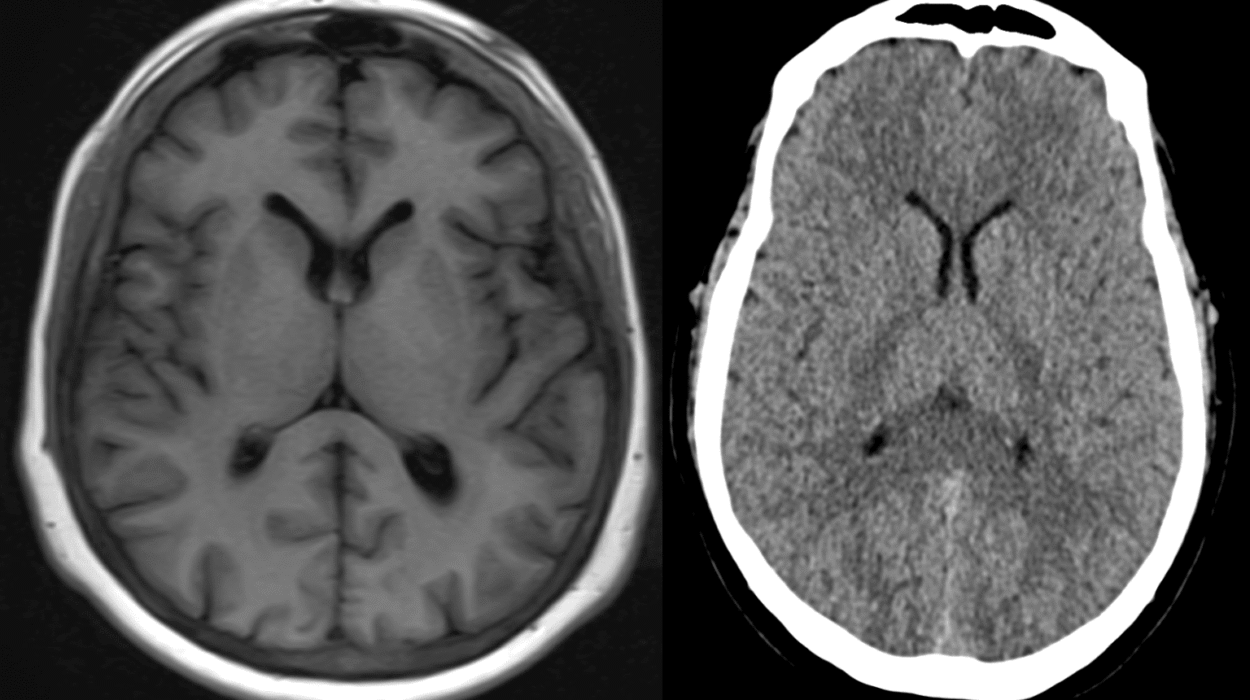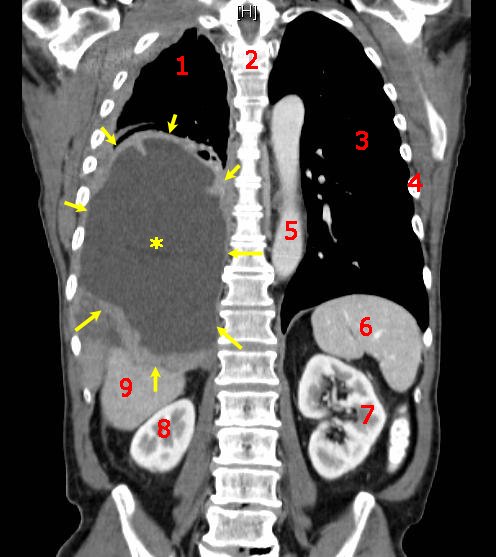When we think of strong muscles, most of us picture biceps, abs, or glutes. But tucked deep within your body is a small yet mighty group of muscles that holds everything together—literally. Welcome to your pelvic floor, a hammock-like sling of muscle and connective tissue that stretches across your pelvic bones and supports some of your most vital organs: the bladder, uterus, rectum, and vagina.
Your pelvic floor plays a central role in almost every movement you make. It controls urination, supports your core, stabilizes your spine, and even enhances your sexual satisfaction. Yet, it’s often the most ignored part of a woman’s anatomy—until something goes wrong. If you’ve ever experienced a leaky laugh, sudden urgency to pee, discomfort during intimacy, or a feeling of pressure “down there,” your pelvic floor might be waving a white flag.
Improving pelvic floor strength isn’t just about avoiding awkward moments. It’s about regaining control, reconnecting with your body, and building the kind of inner strength that radiates outward. Whether you’re navigating postpartum recovery, managing perimenopause, recovering from injury, or just interested in body optimization, understanding and nurturing your pelvic floor is essential.
Let’s journey into the depths of your body’s foundation and uncover how to awaken, train, and empower your pelvic floor.
What Exactly Is the Pelvic Floor—and Why It Matters More Than You Think
Imagine a woven basket of muscles, ligaments, and connective tissue that forms the base of your core. That’s your pelvic floor. It stretches from your pubic bone in the front to your tailbone in the back and from one sitting bone to the other. It doesn’t just hang there passively—it contracts, lifts, tightens, and supports you with every step, jump, twist, laugh, and breath you take.
Functionally, the pelvic floor acts like a gatekeeper. It helps you hold in urine, gas, and feces until you’re ready to let them go. It supports the uterus during pregnancy and assists in childbirth. It also plays a major role in sexual function—helping with arousal, orgasm, and sensation.
Yet, many women don’t realize how intertwined the pelvic floor is with everything else in the body. Weak pelvic floor muscles can lead to urinary incontinence, pelvic organ prolapse, constipation, painful sex, and lower back pain. On the flip side, a pelvic floor that’s too tight can be just as problematic, leading to tension, spasms, and chronic discomfort.
Strengthening your pelvic floor isn’t just a “fix-it” solution—it’s a preventive and empowering act. It’s a way of protecting your body against stress, pregnancy, menopause, aging, and all of life’s physical challenges. And the best part? You don’t need expensive equipment or a gym membership to start.
Why Pelvic Floor Weakness Happens (Even If You’re Young and Fit)
Many people assume pelvic floor issues are something only older women or postpartum mothers deal with. Not true. Pelvic floor weakness can affect anyone at any age, and the causes are more common than you might think.
Pregnancy and childbirth are certainly major contributors. The weight of a growing baby, hormonal shifts that loosen connective tissues, and the physical trauma of delivery can all strain these muscles. But other culprits include high-impact exercise, chronic constipation, poor posture, obesity, frequent heavy lifting, or even coughing fits from allergies or smoking.
Hormonal changes during menopause can thin vaginal and pelvic tissues, making them less resilient. Endometriosis, pelvic surgeries, or certain neurological conditions can also compromise pelvic floor health. And surprisingly, even high-level athletes—especially runners, dancers, and gymnasts—can suffer from pelvic floor dysfunction due to repetitive impact and core imbalances.
Even daily habits can wear down this hidden muscle group. Sitting for hours at a desk without engaging your core, holding your breath when lifting, or always hovering over public toilets rather than sitting down—all these seemingly minor actions chip away at pelvic floor strength over time.
The truth is, the pelvic floor doesn’t weaken overnight. It’s a slow fade that often goes unnoticed until symptoms start to whisper—or scream. The key is to recognize the signals early and start rebuilding strength before it becomes a bigger issue.
The Mind-Body Connection: Tuning Into Your Pelvic Floor
Improving pelvic floor strength starts with awareness. Most women can easily flex a bicep or squeeze their glutes on command, but ask them to engage their pelvic floor, and you’ll likely get a puzzled look. That’s because it’s not a muscle we can see—or one we’ve been taught to feel.
But like any other muscle, the pelvic floor can be trained. The first step is learning how to isolate it. This means connecting your mind to your pelvic region, identifying the sensations of lifting and releasing, and coordinating that movement with your breath.
One of the most common ways to engage the pelvic floor is through Kegel exercises—but doing them correctly is crucial. It’s not about squeezing your thighs, clenching your buttocks, or holding your breath. A proper Kegel feels like you’re gently drawing the vaginal walls upward and inward, like picking up a blueberry with your vagina (yes, really). Then, just as importantly, you must release and let go fully.
Many women unknowingly perform Kegels incorrectly or overdo them, creating more tension rather than balanced strength. That’s why working with a pelvic floor physical therapist, even just once, can be transformative. They can assess whether your muscles are weak, tight, or both, and guide you through customized exercises.
Becoming fluent in your pelvic language means tuning into subtle sensations, respecting your body’s signals, and practicing consistency without force. Once you learn how to activate these deep core muscles mindfully, you’re laying the foundation for true internal strength.
Breath, Core, and Alignment: The Trio of Pelvic Floor Health
Your pelvic floor doesn’t act alone—it’s part of a tightly coordinated team. Think of it as the bottom of your “core canister,” with your diaphragm at the top, your abdominal muscles at the front and sides, and your back muscles supporting from behind. Every breath you take sets this system in motion.
When you inhale, your diaphragm descends and your pelvic floor naturally lengthens. When you exhale, your diaphragm lifts and your pelvic floor recoils upward. This rhythmic dance between breath and core is essential for pelvic health.
Modern life, unfortunately, disrupts this harmony. Chronic stress leads to shallow chest breathing, clenched abdominals, and a rigid pelvic floor. Poor posture—especially from slumping at desks or slouching over phones—compresses the organs and misaligns the pelvis, forcing the pelvic floor to compensate in unhealthy ways.
Restoring breath-based core coordination is key. Start with 360-degree breathing, also known as diaphragmatic or belly breathing. As you inhale, let your ribs expand outward and your belly gently rise. As you exhale, allow your pelvic floor to lift subtly in sync. This re-establishes the natural piston-like movement between your breath and pelvic muscles.
Proper alignment also matters. Stacking your ribs over your pelvis, avoiding a tucked tailbone, and engaging your core gently while standing, walking, or exercising keeps pressure off the pelvic floor. When your posture is on point, your pelvic floor can do its job without overworking.
Functional Strengthening: Beyond the Basic Kegel
Kegels get all the attention, but real pelvic floor strength goes far beyond simple squeezes. The pelvic floor is a dynamic muscle group—it responds to movement, impact, and pressure. That means strengthening it effectively requires functional, full-body training.
When done right, exercises like squats, lunges, bridges, and even planks can deeply engage the pelvic floor. The key is to pair these movements with breath and awareness. For example, in a squat, inhale as you lower down (allowing the pelvic floor to lengthen), and exhale as you rise (lifting the pelvic floor gently).
Bridges, where you lie on your back with knees bent and lift your hips, are excellent for glutes and pelvic floor co-activation. So are bird dogs, dead bugs, and side planks, which challenge stability and deep core coordination. Yoga poses such as goddess, cat-cow, or happy baby also offer pelvic floor mobility and engagement in a low-impact, accessible way.
The goal isn’t to do more Kegels—it’s to integrate pelvic floor awareness into your everyday movement. Whether you’re lifting groceries, dancing, running, or chasing after toddlers, your pelvic floor should be part of the equation.
Consistency is more important than intensity. Just a few minutes a day of mindful, pelvic-focused movement can dramatically improve strength, endurance, and function over time.
Sexual Wellness and the Pelvic Floor Connection
If you’ve ever felt a lack of sensation during intimacy, discomfort with penetration, or difficulty reaching orgasm, your pelvic floor might be part of the equation. These muscles don’t just hold up your organs—they wrap around your vaginal canal and contribute directly to sexual arousal and climax.
Stronger, more responsive pelvic floor muscles can heighten pleasure, improve circulation to the genitals, and increase confidence during intimacy. Conversely, if the muscles are too tight, they can cause pain, restriction, or numbness.
Pelvic floor training can reignite sexual wellness. Incorporating gentle Kegels with breathwork, sensual movement (like belly dancing or hip circles), and even tools like vaginal weights or biofeedback devices can enhance both tone and control.
It’s important to note that good sex isn’t just about strength—it’s also about relaxation and release. A balanced pelvic floor knows how to contract and how to soften. Working with your body rather than against it fosters intimacy, both with yourself and your partner.
Postpartum Recovery: Reclaiming the Pelvic Floor After Birth
Childbirth is a powerful, transformative experience—but it can also wreak havoc on the pelvic floor. Vaginal delivery stretches and strains the muscles, often leading to tearing, nerve damage, or organ shifting. Even C-sections, though they bypass the vaginal canal, can impact the core and pelvic structures through incisions and pressure changes.
After birth, many women are told to “just do Kegels” and move on. But postpartum recovery is more nuanced. The pelvic floor needs time, patience, and gentle rebuilding. In the early weeks, breathwork and body awareness take precedence. Gradually, strengthening exercises can be added—guided ideally by a pelvic floor physiotherapist.
Ignoring symptoms like leaking, heaviness, or painful sex often leads to long-term issues. But with the right approach, the pelvic floor can regain its strength and resilience. It’s never too late—even if you gave birth years ago.
Menopause and Midlife: Strengthening Through the Hormonal Transition
Menopause brings a wave of hormonal shifts that impact the entire body—but the pelvic floor feels it acutely. As estrogen declines, the tissues of the vagina and urethra become thinner and less elastic. Collagen loss can reduce the supportive structures holding pelvic organs in place. Combined with the natural aging process, this can lead to incontinence, vaginal dryness, and prolapse.
The good news? Strength training, targeted pelvic work, and lifestyle changes can offset these effects. Regular pelvic floor engagement helps maintain muscle tone, supports the bladder and uterus, and preserves sexual health.
Adding resistance training to your routine, eating collagen-rich foods, staying hydrated, and practicing stress-reducing techniques (like yoga or meditation) all support pelvic health during this transition. Hormone replacement therapy (HRT), vaginal estrogen creams, or supplements may also be recommended by your doctor.
Rather than seeing menopause as a decline, reframe it as a time to reclaim your pelvic vitality—with knowledge, power, and intention.
When to Seek Help: The Role of Pelvic Floor Therapists
If you’ve been doing all the right things—breathing deeply, squeezing intentionally, moving mindfully—and still feel disconnected or symptomatic, you’re not alone. Sometimes, pelvic floor dysfunction requires professional guidance.
Pelvic floor physical therapists (also called women’s health physiotherapists) are specially trained to assess, diagnose, and treat pelvic floor issues. They can identify whether your muscles are weak, overactive, scarred, or misfiring—and create a personalized program just for you.
You don’t need a doctor’s referral to see one, and they can help with everything from incontinence and prolapse to postpartum recovery, sexual pain, and chronic pelvic conditions like endometriosis.
Don’t wait until things get worse. Help is available, and it works.
The Daily Practice of Pelvic Empowerment
Your pelvic floor is always with you—holding you up, supporting your core, and connecting you to your deepest self. Like any part of the body, it thrives on attention, movement, and care.
Integrate pelvic awareness into your daily life. Squeeze gently when you brush your teeth. Exhale and lift when you rise from a chair. Breathe into your belly as you settle into bed. These small acts accumulate, building strength and confidence from the inside out.
Above all, listen to your body. Trust its signals, honor its needs, and celebrate its wisdom.
Because a strong pelvic floor isn’t just about preventing leaks—it’s about stepping into your full, grounded, powerful self.






